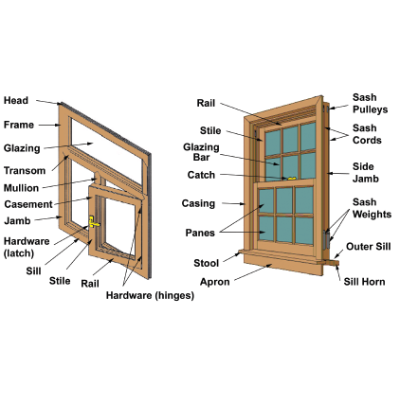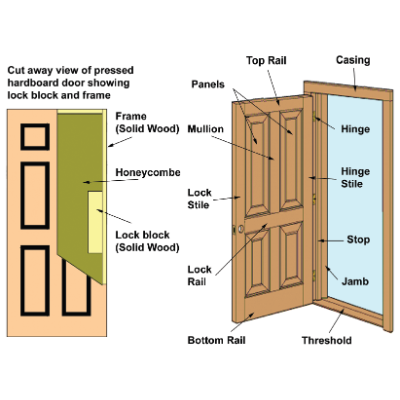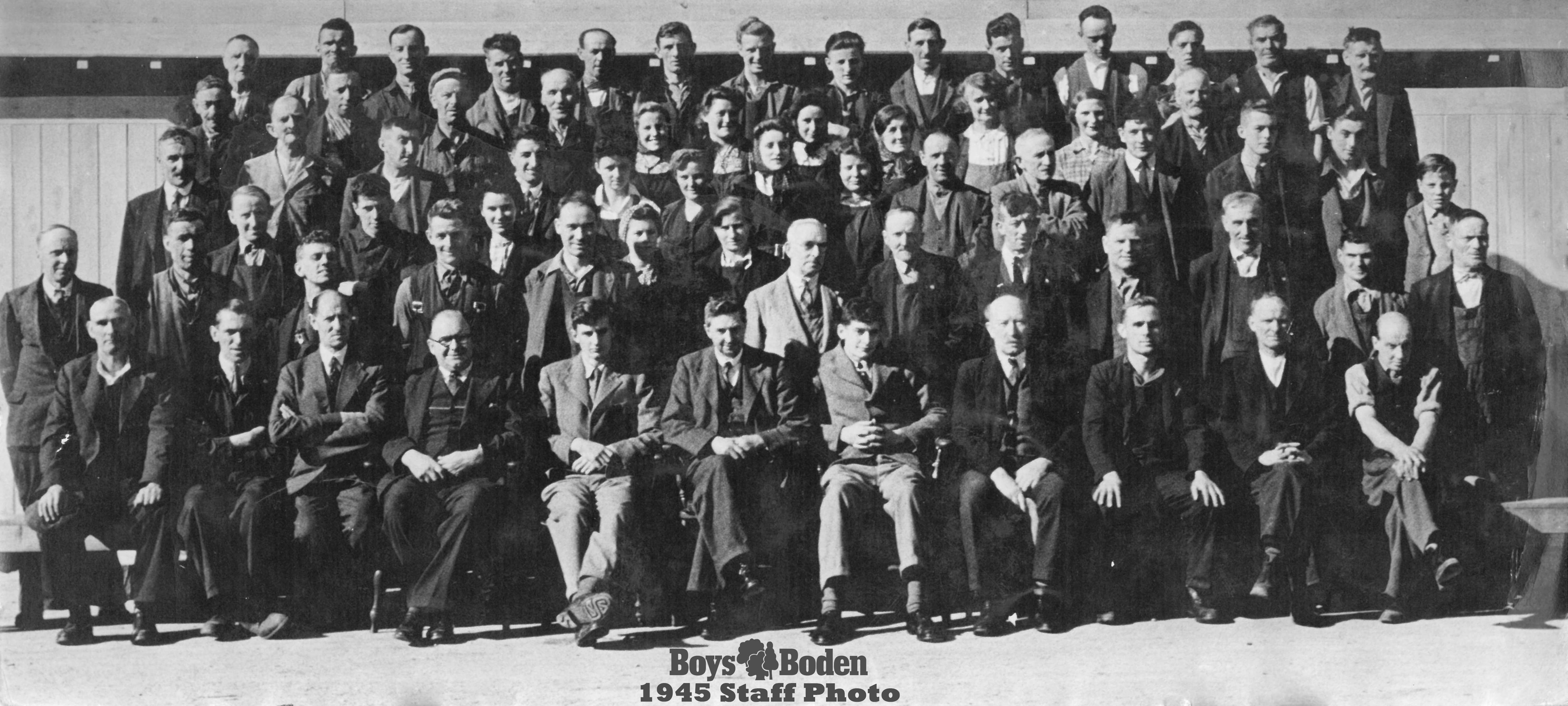Window Structure
The structure of a window can vary depending on the type and design of the window, but most windows have a similar basic structure consisting of the following components:
1. Frame: The frame of a window is the outer edge that supports and holds the window in place. Frames can be made from a variety of materials including wood, vinyl, aluminium, or fibreglass.
2. Sash: The sash is the movable part of the window that holds the glass in place. Single-hung windows have one movable sash, while double-hung windows have two. Casement windows have one or more sashes that swing open on hinges.
3. Glass: The glass in a window provides visibility and allows light to enter the room. Glass can be single or double-pane, and may be coated with a low-emissivity (low-e) coating to improve energy efficiency.
4. Weatherstripping: Weatherstripping is a material that is used to seal the gaps between the window frame and the sash to prevent drafts, air leaks, and water infiltration.
5. Hardware: Hardware includes the locks, latches, hinges, and handles that are used to open, close, and secure the window.
6. Screens: Screens can be added to windows to keep insects and other debris out while still allowing air to circulate.
Some types of windows, such as skylights and bay windows, may have additional components or variations on this basic structure. However, most windows will have these key components to provide stability, energy efficiency, and functionality.

Door Structure
The structure of a door can vary depending on the type and design of the door, but most doors have a similar basic structure consisting of the following components:
1. Frame: The frame of a door is the outer edge that supports and holds the door in place. Frames can be made from a variety of materials including wood, metal, or fiberglass.
2. Panels: The panels are the main part of the door that provides its structure and appearance. The panels can be made from solid wood, engineered wood, or other materials such as glass, metal, or plastic.
3. Hinges: Hinges are attached to the door and the frame, allowing the door to swing open and closed. There are various types of hinges, such as butt hinges, continuous hinges, and pivot hinges.
4. Lockset: The lockset includes the lock and latch mechanism that secures the door. It can also include a handle, knob, or lever for opening and closing the door.
5. Weatherstripping: Weatherstripping is a material that is used to seal the gaps between the door and the frame to prevent drafts, air leaks, and water infiltration.
6. Threshold: The threshold is a strip of material that is located at the bottom of the door frame. It helps to seal the bottom of the door and prevent drafts and water from entering the building.
7. Door Sweep: Door sweeps are attached to the bottom of the door to help seal gaps and prevent drafts, air leaks, and water infiltration.
Some types of doors, such as sliding doors or French doors, may have additional components or variations on this basic structure. However, most doors will have these key components to provide stability, security, and functionality.








